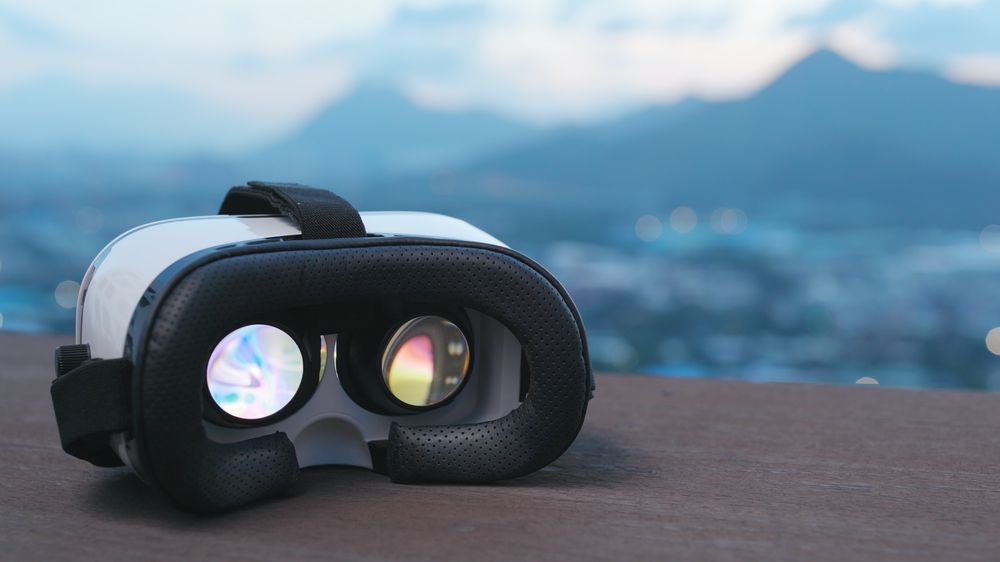Insights From The Blog
VR in The Field Management Industry
Your field management department – also known as field service – is frontline with the customer, and is tasked with keeping them happy, even when they are far from it. With broken or non-functioning equipment raising their blood pressure, it falls to field management to smooth the way. However, explaining a situation over the phone is always a bit of a hit and miss affair, and prone to a high degree of misunderstanding. If trying to explain to your manager why you can’t get into the office is bad enough, but if relaying the extent of the chest cold that you may (or may not) have is a problem, imagine if you are a service manager trying to explain to a customer what they need to do to fix and restart the particularly complex piece of machinery that they have bought and is now playing up a bit.
Suppose that a customer has called to complain that the reciprocating goggle mount on their recently purchased Neutraliser doesn’t seem to be reciprocating. You happen to know from old that one of the wires in the control module can come a bit loose and it sounds like that could be the problem, and try and convey that to the client. The conversation might go:
“You need to remove power from the device and tighten the connector on the blue wire in the control box.”
“Where’s the control box?”
“Underneath the main unit. Undo the four screws, take the cover off and expose the wires and connector.”
(Sound of shuffling, with some under-the-breath swearing)
“Okay, I’ve got it off. Which wire?”
“The blue one”
“Prussian blue, deep blue or Royal blue?”
“God, don’t touch the deep blue one – you’ll fuse the whole thing!”
“Is that accompanied by a burning smell?”
“Yep.”
“Ah, that’s just happened.”
So, what started off as a fairly simple task of tightening a loose connector has quickly escalated to a fused machine that may well have to be returned to base to fix. Net result – lots of lost time and an irate customer who is probably going to look to your opposition when choosing a new Neutraliser. Okay, in reality, no Engineer worth the name Engineer would design a device that failed that easily and had a spaghetti of similarly coloured wires at its core, but this kind of exchange highlights the potential issues that field service over the phone can bring.
An issue such as this is driven by the fact that the field service engineer isn’t able to see what is going on. Ideally, the company engineer should be out there in person and dealing with the issue to prevent risk of the customer fusing their nice shiny piece of equipment, which will require a lot more time and effort to fix and will inevitably increase the customers ire. If only the field service engineer could have seen what was happening, or could have guided the customer.

Field service is one of the most fast-moving departments in an industrial setting, with most of its role being dealing with disgruntled and often tense and upset customers. While field service should be about the timely service, repair and update of company equipment on site, it is they who bear the brunt of customer ire when their recently purchased and expensive kit either fails to work out of the box or breaks down shortly afterwards. And with the world now being a global village, local now means international, and getting the troublesome device fixed may not mean a quick visit up the road. If the equipment is on another continent, and your local representative is still over a thousand miles away and on another call, you need to do something quick.
If it is a fairly simple issue – such as the blue wire being loose in its connector – then there is an opportunity to get them involved in the fix. However, regardless of how easy the fix is, giving them a helping hand is the professional way, and VR gives you the opportunity to breach the distance issue.
Both VR and AR give you and the client the opportunity to exist in a virtual environment and work through any procedure on highly detailed and realistic 3D models or overlays on the actual equipment, showing exactly what needs to be done to affect a repair or update, and what safety issues may arise during the operation.
If it’s not possible for a field service engineer to be on site then nothing beats the ability to guide the client through a process visually, and actually show them every step that needs to be done, rather than just try and describe it over the phone. The latest crop of VR and AR headsets are ideal companions for hands-on departments like field service, and with the potential to link to high-quality CAD models, it becomes just like the real thing, and possibly even better.